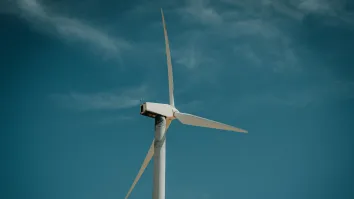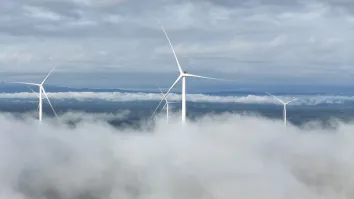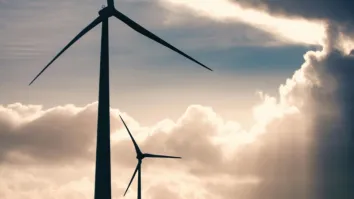Who will grab regional leadership in the energy transition?
By Tim BuckleyTo being taken seriously, Australia needs a credible emissions reduction plan
The global transition to clean energy has ended its initial phase of incremental growth and is on the brink of transformational change.
However imperfect may be the outcomes of November’s COP-26 meeting in Glasgow, policy, economic and financial forces are now combining to drive the rapid adoption of renewable energy around the world even where arguments for climate action have faltered.
Australians are pragmatic and recognize that taking anything less than a serious and credible emissions reduction plan to Glasgow would be detrimental to our world standing. But Australia’s future role in the region is a tangible and immediate concern.
Australia could inject into the diplomatic activity that surrounds Glasgow a constructive and mutually beneficial plan for its role in regional energy transition.
What elements could this include?
To be taken seriously, a credible emissions reduction plan and an acceptance that fossil fuel exports will, over time, be phased out are prerequisites.
Australia’s energy exports will continue but will increasingly take the form of minerals critical to battery manufacture, not just lithium and rare earth metals but nickel, copper, zinc and other less exotic but equally important minerals, ideally with some degree of processing here. Hydrogen and ammonia will progressively supplant gas exports. Even the direct export of solar electricity is being pioneered by SunCable, with its Australia-to-Singapore high voltage subsea cable route having just received approval by Indonesia.
As the country with by far the largest expected electricity demand increase in coming decades, and the world’s biggest democracy, India deserves special attention, and the complementary nature of Australia and India invites much deeper collaboration.
One obstacle to an even more rapid roll-out of renewable energy than India has already achieved is finance.
More significant than any contribution of public funds is the opportunity for some of Australia’s three trillion dollars in retirement savings to accelerate India’s renewable and grid infrastructure investment program. India’s Foreign Direct Investment regime grants automatic approval status for renewable energy projects. Replacing the annual Australia-India Energy Dialogue with a much higher priority and continuous diplomatic engagement could identify specific opportunities for investment and ensure appropriate safeguards.
Energising India with renewables will not only alleviate energy poverty, energy security and water scarcity issues better than would coal exports, but by powering India’s dynamic rural economy as well as its industries and start-ups, it would put Australian dollars into constructive economic activity, far more constructive than further inflating Australia’s bloated housing market.
Technical, engineering and research collaboration should be taken to an altogether higher level, through academic institutions, think tanks, the Australian Renewable Energy Agency (ARENA), Clean Energy Finance Corporation (CEFC) and industry bodies. These direct exchanges of knowledge and experience, mediated by the development of personal relationships, would pay dividends well beyond the specific projects. This is an area that can be rapidly expanded with appropriate funding and, as COVID conditions permit, streamlined visa arrangements to leverage the close partnership Australia and India already share in tertiary education.
Journeying together through the coal phase-out
Collaboration can even extend to India’s coal industry and still benefit energy transition.
India’s coal production is likely to peak within just a few years. Improving the efficiency of production and supply, enhancing health and safety whilst limiting environmental damage could focus on the larger open-cut mines which are likely to remain in production for some while.
Coal’s phase-out will first affect the 84% of India’s 459 mines which we know, thanks to the work of the University of British Columbia’s Sandeep Pai, together contribute less than one-fifth of India’s coal but employ large numbers of people directly and indirectly. Mine-site reclamation, diversification of the state-owned enterprises that dominate Indian coal mining (being actively contemplated by Coal India Ltd) and creating new economic activities for these communities will be challenges for India and other countries. Meeting them would benefit from sharing experiences and international partnerships.
As Australia deepens security ties with India via the Quad, it is important that the broader common interest be front of mind. Alliances succeed to the extent they reflect mutual interest, and by making the success of energy transition a joint project, the relationship between Australia and India can be put on firmer ground. India is leading aspects of this transition not only through its renewable energy growth but internationally, as host to the International Solar Alliance, of which Australia is a founding member.
Opportunities for investment and collaboration will rapidly follow in Vietnam, Indonesia, Malaysia and other countries in the region, and they are looking to emulate India’s experience.
To benefit from technical, commercial, and research leadership in all aspects of energy transition, Australia should partner with India as a matter of strategic priority, and not pass on a unique opportunity.




















 Advertise
Advertise







